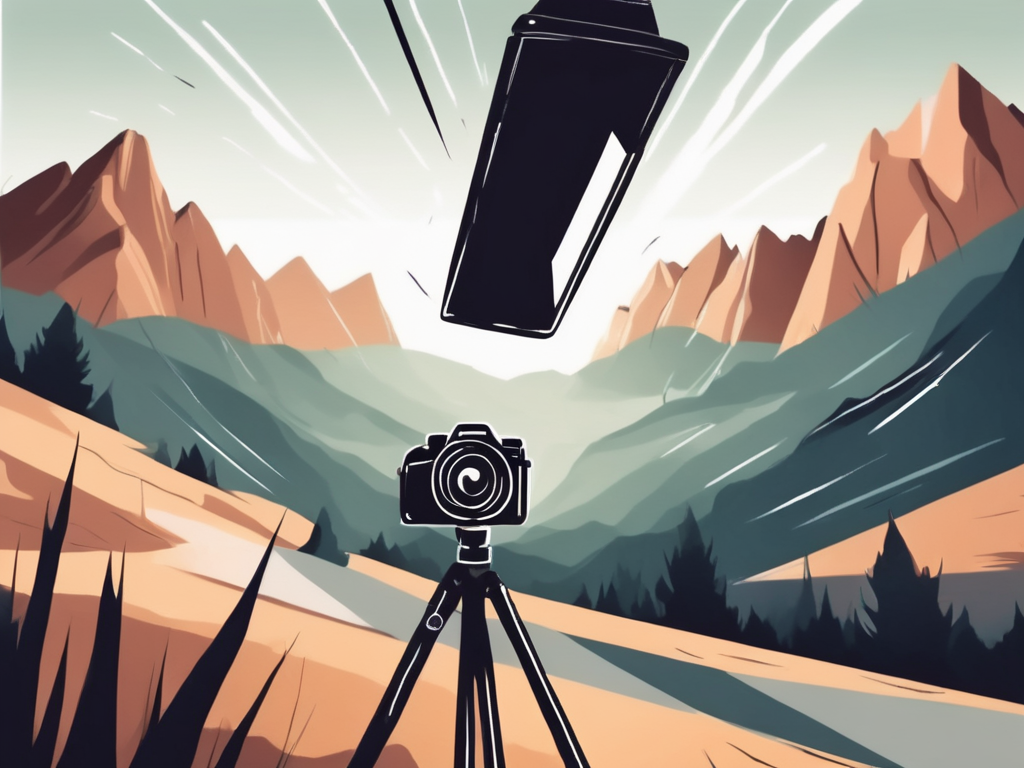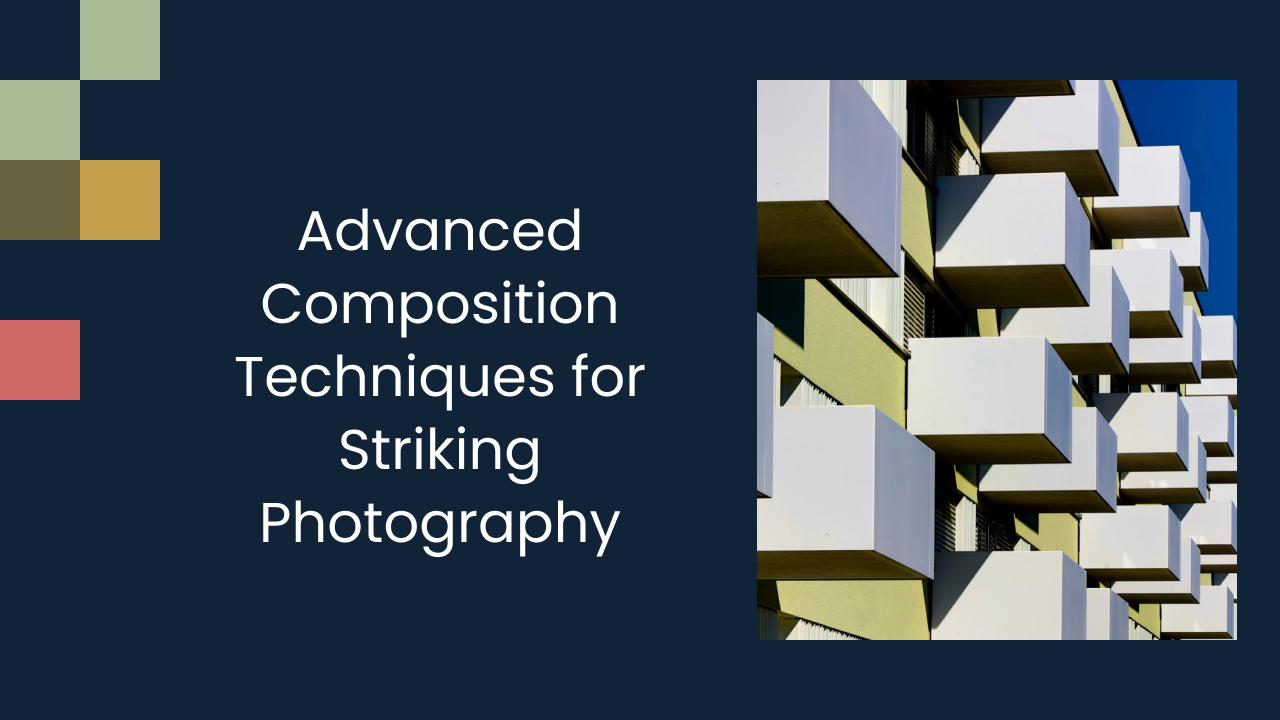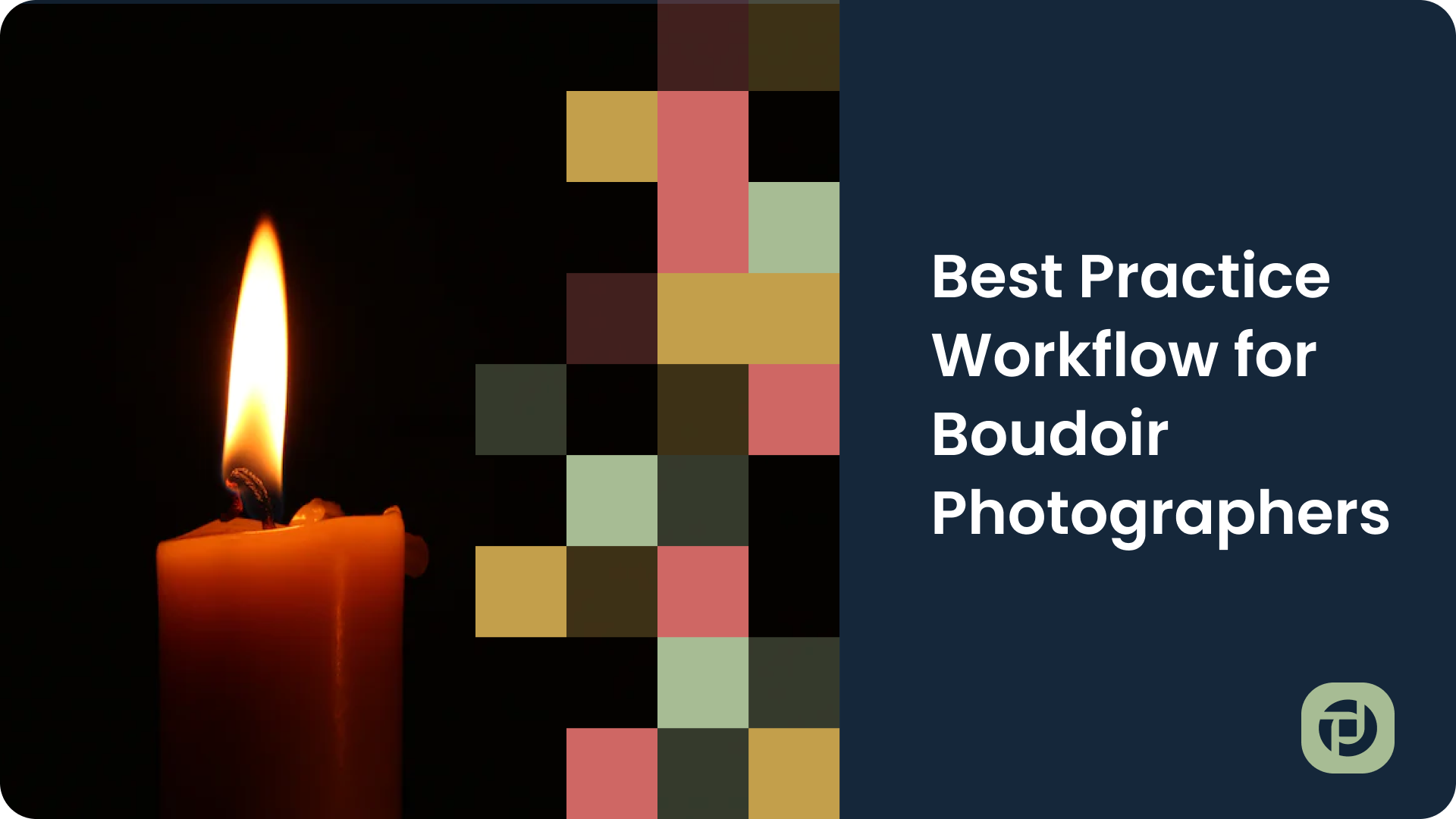Advanced Composition Techniques for Striking Photography

In the world of photography, composition is key. It is the art of arranging elements within a frame to create a visually appealing image that captures the viewer's attention. With advanced composition techniques, photographers can take their photography to the next level and create striking images that leave a lasting impression. In this article, we will explore various composition techniques and how they can be used to enhance your photography skills.
Understanding the Basics of Composition in Photography
Before diving into advanced techniques, it is essential to have a solid understanding of the basics of composition. Composition is all about how you position your subject, the background, and other elements within the frame. It involves considering the arrangement, balance, and visual flow of the image.
One fundamental composition rule every photographer should know is the rule of thirds. This rule divides the frame into nine equal parts using two horizontal and two vertical lines. The idea is to position your subject or key elements along these lines or at their intersections. By doing so, you create a visually balanced and interesting composition.
The Rule of Thirds and Its Importance
The rule of thirds creates a sense of balance and harmony in your images. Placing your subject off-center adds interest and allows the viewer's eyes to move around the frame, creating a more engaging image. It helps avoid a static and boring composition where the subject is placed right in the center.
When applying the rule of thirds, it's crucial to consider the direction your subject is facing or moving. Placing the subject on one side of the frame and leaving space for them to move or look into can add a sense of dynamic energy to your image.
Using Leading Lines to Guide the Viewer's Eye
Another powerful technique is using leading lines to guide the viewer's eye through the image. Leading lines can be any linear element in your photograph, such as roads, fences, or tree branches. By incorporating these lines, you create a visual pathway that leads the viewer's eye towards the main subject or key focal points in the image.
When using leading lines, it's important to consider their direction and how they interact with other elements in the frame. The lines should be leading towards the subject and not distracting from it. Experimenting with different angles and perspectives can help you find the most impactful placement of leading lines in your composition.
The Impact of Symmetry and Patterns
Symmetry and patterns can add a sense of balance and harmony to your images. They create a visually pleasing composition that draws the viewer's attention. When composing a symmetrical shot, ensure that the elements on both sides of the frame are balanced and identical.
Patterns, on the other hand, can add texture and visual interest to your images. They can be found in various elements, such as nature, architecture, or even daily life. Incorporating patterns into your composition can create a mesmerizing effect and make your images stand out.
Furthermore, patterns can evoke a sense of rhythm and repetition, creating a visual narrative within your photograph. They can be found in the natural world, like the waves crashing on a beach or the rows of trees in a forest. By capturing these patterns, you can add depth and dimension to your composition, making it more captivating for the viewer.
Additionally, symmetry can be used to create a sense of tranquility and order in your images. Whether it's a perfectly mirrored reflection in a calm lake or a symmetrical architectural structure, the balanced composition can evoke a feeling of serenity and aesthetic pleasure.
Mastering Advanced Composition Techniques
Now that we have covered the basics, let's explore some advanced composition techniques that can take your photography skills to the next level.
Experimenting with Depth of Field
Depth of field refers to the range of sharpness in a photograph. By controlling the depth of field, you can manipulate what is in focus and what is blurred. This technique can be used to isolate your subject from the background, creating a sense of depth and emphasizing the main subject.
Experimenting with shallow depth of field, achieved by using a wide aperture, can create a beautiful bokeh effect that adds a dreamy and ethereal quality to your images. On the other hand, using a narrow aperture can create a larger depth of field, ideal for landscape photography where you want everything to be in sharp focus.
The Art of Framing within the Frame
Framing is a technique where you use elements within the scene to create a frame within the frame. This can add depth and draw attention to the main subject. It can be achieved by using natural elements like tree branches, windows, or arches.
When using framing, it's important to ensure that the frame leads the viewer's eye towards the subject and not away from it. The frame should complement the subject and add a sense of context and visual interest to the image.
Utilizing Negative Space for Dramatic Effect
Negative space refers to the empty or unoccupied areas in a photograph. It can be used to create a sense of simplicity, minimalism, and drama. By carefully positioning your subject in relation to negative space, you can create a striking composition that captures the viewer's attention.
Using negative space allows you to emphasize your subject and create a visual balance within the frame. It can also add a sense of mystery and intrigue to your images, leaving room for interpretation and imagination.
The Role of Lighting in Composition
Lighting plays a crucial role in photography and composition. It affects the mood, atmosphere, and overall impact of your images. Understanding how to harness different types of light can greatly enhance your composition skills.
Harnessing Natural Light for Striking Images
Natural light can create stunning and dramatic effects in your photographs. The quality of light changes throughout the day, from soft golden hour light to harsh midday sun. By observing and understanding how natural light interacts with your subject, you can create compelling compositions.
Experiment with backlighting, sidelighting, and front lighting to bring out the best in your subject. Pay attention to the direction of light and how it shapes and defines the elements within your frame. Understanding how to work with natural light will give you a greater control over the mood and atmosphere of your images.
Manipulating Artificial Light for Mood and Atmosphere
In addition to natural light, artificial lighting can also be used to enhance composition. Whether it's the soft glow of a lamp or the dramatic shadows created by a flash, artificial light can be manipulated to create mood and atmosphere in your images.
Experimenting with different lighting techniques, such as backlighting, silhouettes, or chiaroscuro, can add depth and drama to your compositions. Be creative with your use of light and consider how it interacts with the subject and other elements in the frame.
Post-Processing Techniques to Enhance Composition
Once you have captured your images, post-processing can further enhance your composition and bring out the best in your photographs.
Cropping for Improved Composition
Cropping is a powerful post-processing tool that allows you to remove unwanted elements and focus on the key elements within your frame. It can improve the overall composition by removing distractions or adjusting the aspect ratio to create a stronger visual impact.
When cropping, consider the rule of thirds and other composition techniques we discussed earlier. Ensure that the cropped image still maintains a sense of balance and visual flow.
Using Filters and Effects to Highlight Key Elements
Filters and effects can be utilized to enhance specific elements within your composition. Whether it's adjusting the contrast, enhancing colors, or adding vignettes, filters can draw attention to key elements and create a more impactful image.
However, it's important to use filters and effects sparingly and tastefully. Overuse can result in an unnatural or gimmicky look that distracts from the composition.
Overcoming Common Composition Challenges
While composition techniques can greatly enhance your photography, it's important to be aware of common challenges that photographers often face and how to overcome them.
Dealing with Cluttered Backgrounds
One common challenge is dealing with cluttered backgrounds that can distract from the main subject. To overcome this, pay attention to the background while framing your shot and look for ways to simplify it.
Consider using a shallow depth of field to blur the background and make the subject stand out. Alternatively, you can change your shooting angle or move closer to the subject to eliminate unwanted elements.
Balancing Multiple Elements in a Scene
When composing a photograph with multiple elements, it's essential to find a balance that keeps the viewer's attention. Avoid overcrowding the frame with too many elements, as it can confuse the viewer and dilute the impact of the composition.
Try to establish a clear hierarchy of elements, emphasizing the main subject while still giving enough space and attention to the supporting elements. Experiment with different arrangements and perspectives until you find the right balance.
By understanding and applying these advanced composition techniques, you can elevate your photography to new heights. Remember to experiment, practice, and continue to refine your skills. With time and dedication, you will develop a keen eye for composition and create striking images that leave a lasting impression.
Looking for an easier way to manage and grow your studio? Experience a platform built by a photographer, for photographers. Try it free for 2 weeks.











